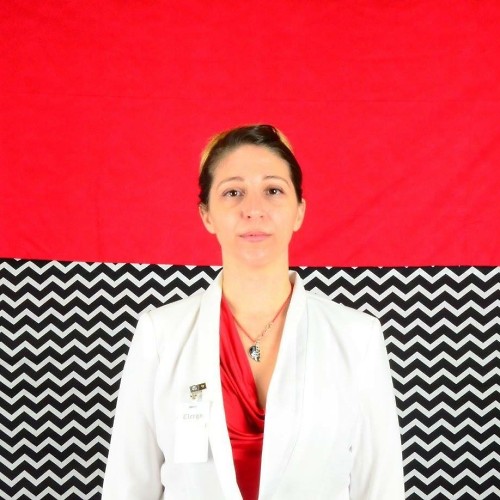If you want to mirror your Mac to a TV set that doesn't have an Apple TV hooked up, if you want to use your Nintendo Switch on the bedroom TV, if you want to use a director's monitor for your digital camera, or if you want to play console games on a different TV while your family watches a movie in the living room, you don't have to lug all of the cables, cords, and machines around the house. You can turn any HDMI port into a wireless transmitter thanks to the Aries Pro Wireless HDMI Transmitter and Receiver.
What's a wireless transmitter and why would I want one?
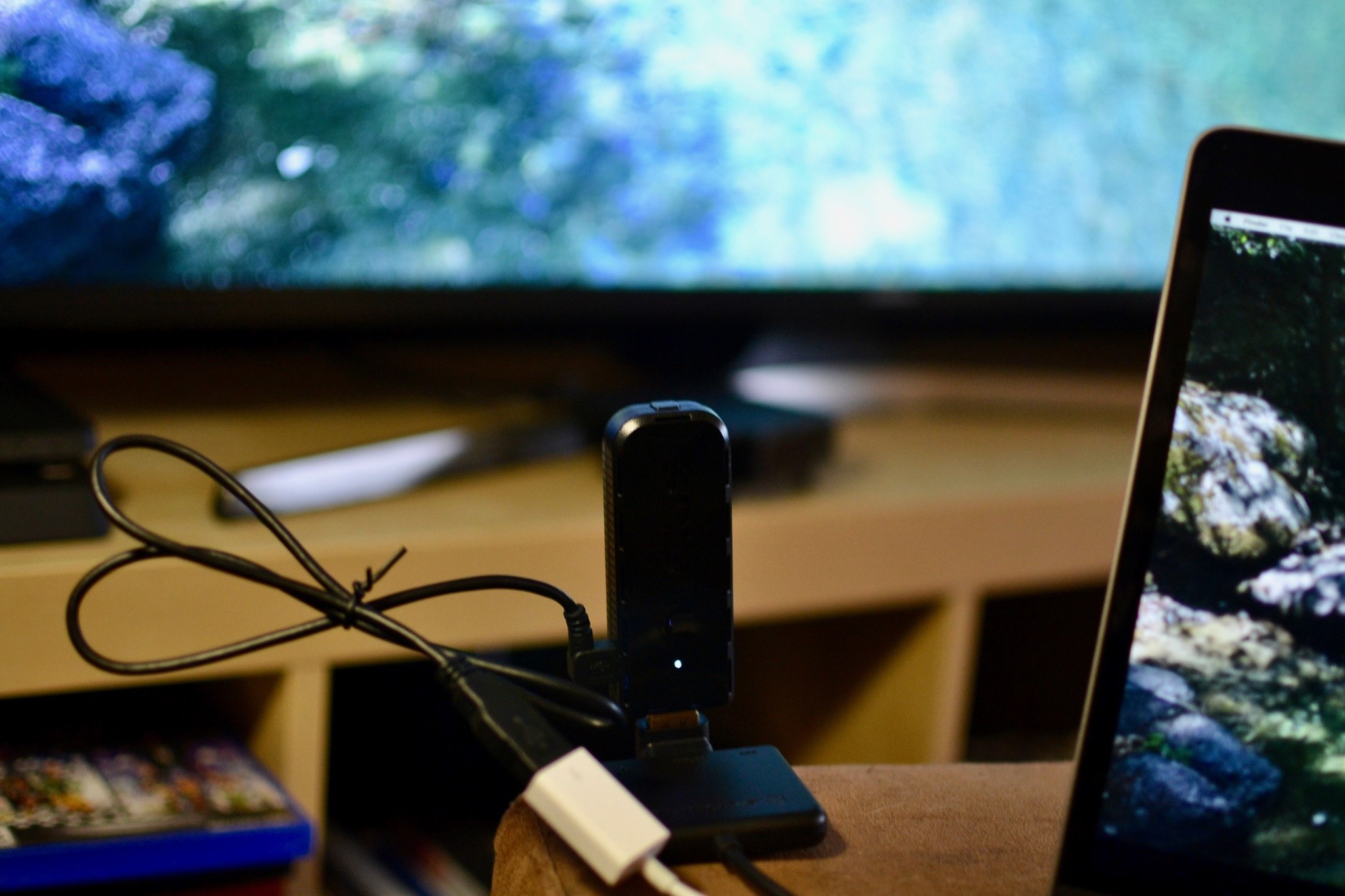
That's the exact question I had when I first heard about Nyrius' Aries Pro. I have an Apple TV in the living room, which allows me to mirror my Mac, iPhone, and iPad to my TV. I've got a couple of adapters that allow me to directly connect my computer or Switch to my bedroom computer, though everything is tied down by cables. So I couldn't see the benefit of a box that transmitted HDMI signals wirelessly.
Until I tried it.
Turns out, the Aries Pro is quite useful and works great for long range, so I can leave my devices in one room while actually using them in another.
Switch in the living room while I game in the bedroom? No problem.
iMac in the office connected to my TV so I can watch my ripped movies without having to use an Apple TV? Done.
MacBook Pro connected to an HDMI projector so I can show what's on my screen to a bunch of people? Easy.
The possibilities only end with HDMI. Anything you own that uses an HDMI cable to display video can be used with the Aries Pro. You might need a couple of dongles or adapters, but if you've got everything you need, you can stream just about anything to just about any TV without having to plug in.
What comes in the box?
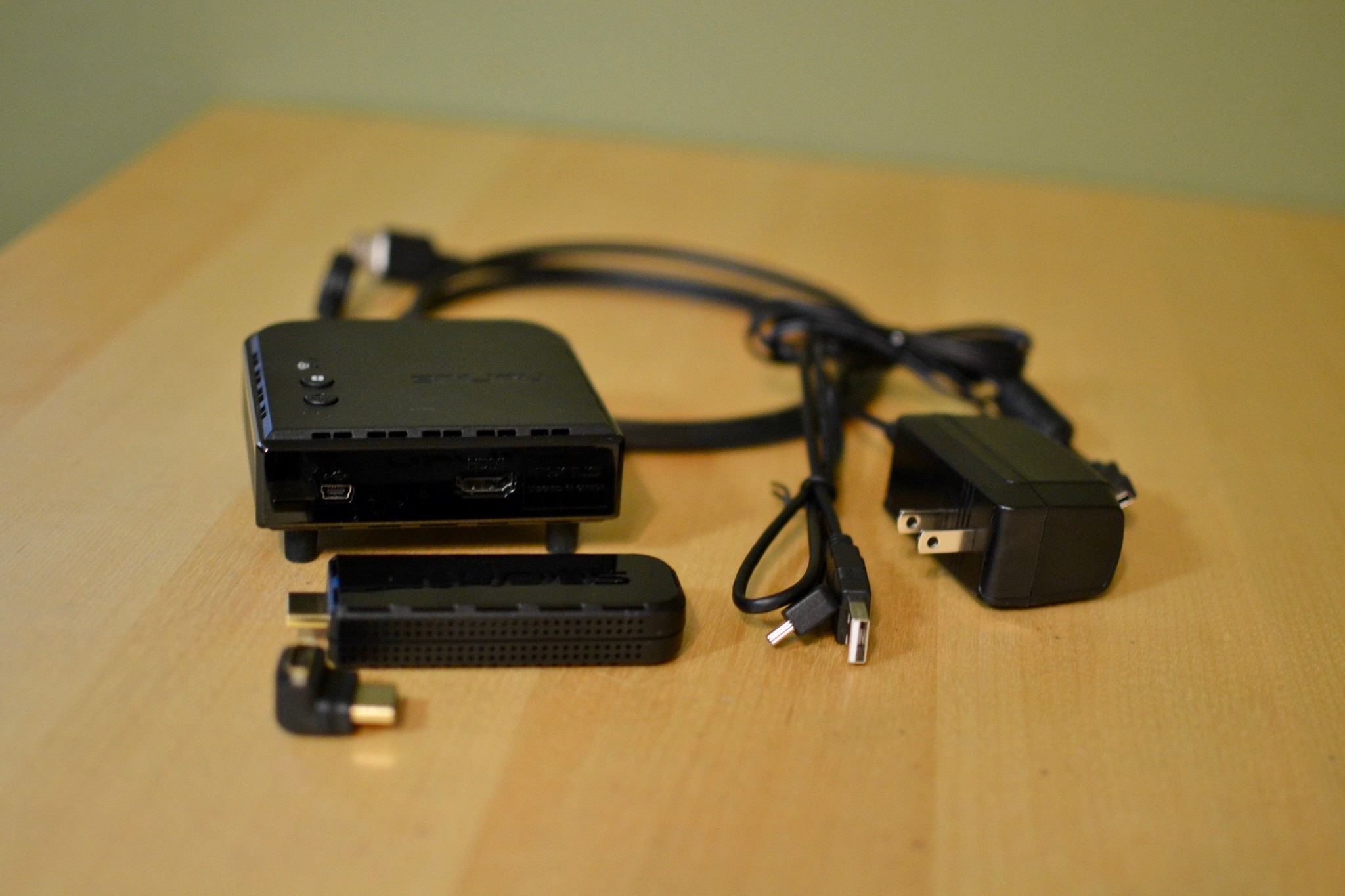
The Aries Pro comes with (almost) everything you need to get set up and start using it.
- The Aries Pro transmitter
- The Aries Pro receiver
- The power cable and plug for the receiver
- The USB-A power cable for the transmitter
- A five-foot HDMI cable
- A right-angle adapter so you can connect the transmitter to an HDMI port and still have room to plug something in right next to it
- Screws and anchors so you can mount the receiver to your wall
Sounds great, but how do I use it?
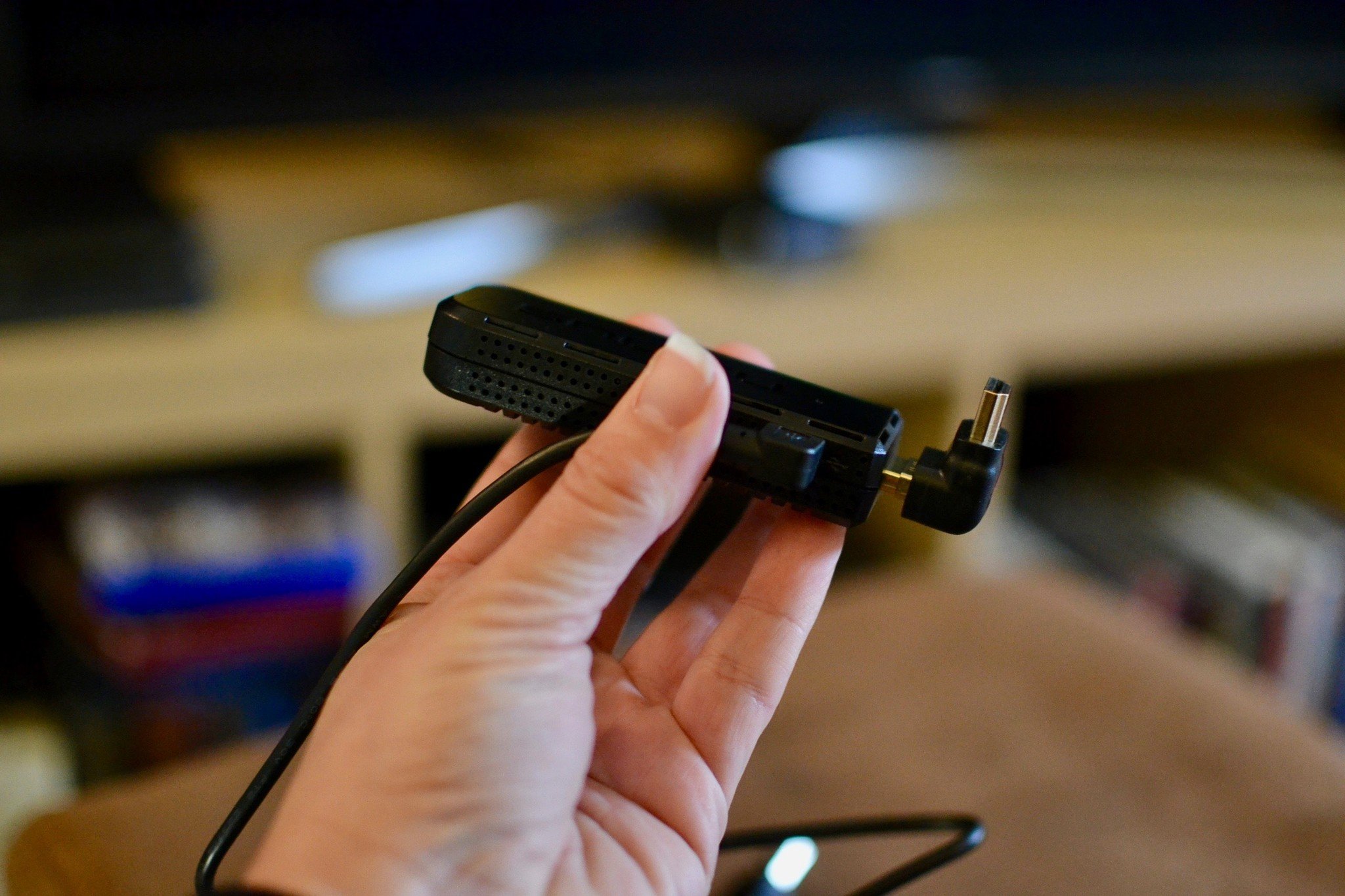
On paper, the Aries Pro is really easy to set up and use. Plug in the box and transmitter to power, then connect the box to your TV and the transmitter to whatever HDMI device you want and everything should connect automatically.
That being said, everything I connected needed a bit of fiddling before it would work correctly.
For example, on my MacBook Pro, my desktop screen would show up on my TV, but until I changed the output in the Display settings, nothing else would show up. Weirdly, after I made the display changes initially, I could connect my MacBook Pro without having to change any settings again.
So, with that in mind, here's how you would use the Aries Pro.
- Plug your Aries Pro receiver into a power source (don't connect the HDMI cable yet).
- Plug your Aries Pro transmitter into a power source (Don't plug into the HDMI Port yet).
- Once the LED indicator light on the transmitter stops blinking, connect the HDMI cable from your TV to the receiver. Make sure your TV set is set to the correct source (HDMI 1 or HDMI 2, for example).
- After you connect the HDMI cable from your TV to the receiver, connect the transmitter to your device using the HDMI connector.
At this point, your TV screen should be displaying whatever visual is displayed on the device you're using, whether its a Mac, Playstation 4, Nintendo Switch, DSLR camera or anything else.
So I can just plug it in and I'll be good to go?
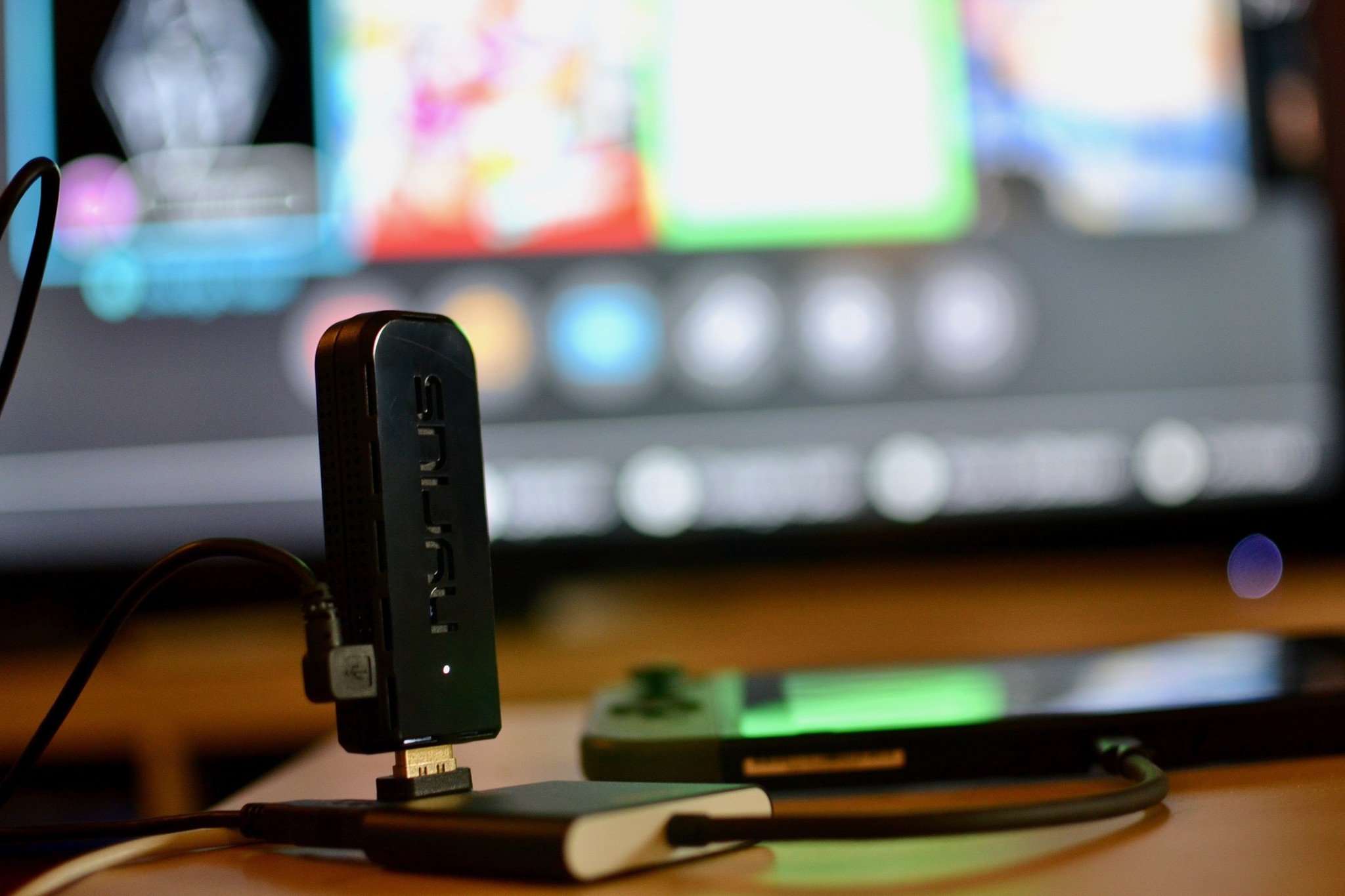
Sort of. The receiver is fairly simple, there is a power port and an HDMI port. You have to connect it to power, then connect the HDMI cable from the TV to the receiver. Done.
The transmitter gets a little bit complicated, depending on what your device supports.
If you're on the latest MacBook Pro, for example, you'll need a USB-A-to-USB-C adapter because you have to plug the transmitter to power and the power plug is USB-A. You'll also need some kind of HDMI adapter for your MacBook Pro. I use Scosche's USB-C hub but you could use Apple's USB-C Digital AV Multiport Adapter or your favorite HDMI dongle.
If you're hoping to connect your Playstation 4, there is one annoying problem that will require some kind of HDMI extender. You see, the HDMI port on the Playstation 4 is just a bit too small and recessed for the Aries Pro transmitter to fit, even using the right-angle adapter. You can't cram it in straight ahead because the console's design has a protruding upper half that is just a bit too close to the HDMI port. You can't connect the transmitter using the right-angle adapter because that same protruding upper half sticks out too far.
If you're tired of moving your Switch Dock from one TV to another, you can connect it to a second TV wirelessly, but only if you have a multiport adapter that works with Switch. I tried my Scosche USB-C hub, but it flickered and never connected to my TV properly. Instead, I used my TNP HDMI to Switch adapter, but I had to connect the adapter to a power source using the USB-C port because the Aries Pro transmitter wasn't powering on when I connected it directly. This makes the process slightly less portable, since you have to connect to power, but it works wirelessly, so you can keep your Switch in the living room while you play in the bedroom.
If you're planning to wirelessly connect your DSLR camera to your TV set for live view display, you'll need an HDMI-to-mini HDMI adapter. Your camera must also support live view display. I wasn't able to test the Aries Pro with my DSLR because I don't have a mini HDMI adapter.
What's the range?
Aries Pro is powerful. Its range is up to 100 feet when the path between the transmitter and receiver are clear.
That being said, it's not magic. If you've got a couple of walls between your transmitter and receiver, you might notice some flickering or stuttering, or it might not work at all.
This seems to work differently for different devices. I was able to transmit a signal from my MacBook Pro across the house (with two plaster and metal mesh walls between) without an issue, but when I tried it on my Switch, I had to move the device to a more open area of the living room in order for the signal to reach.
So should I get it?
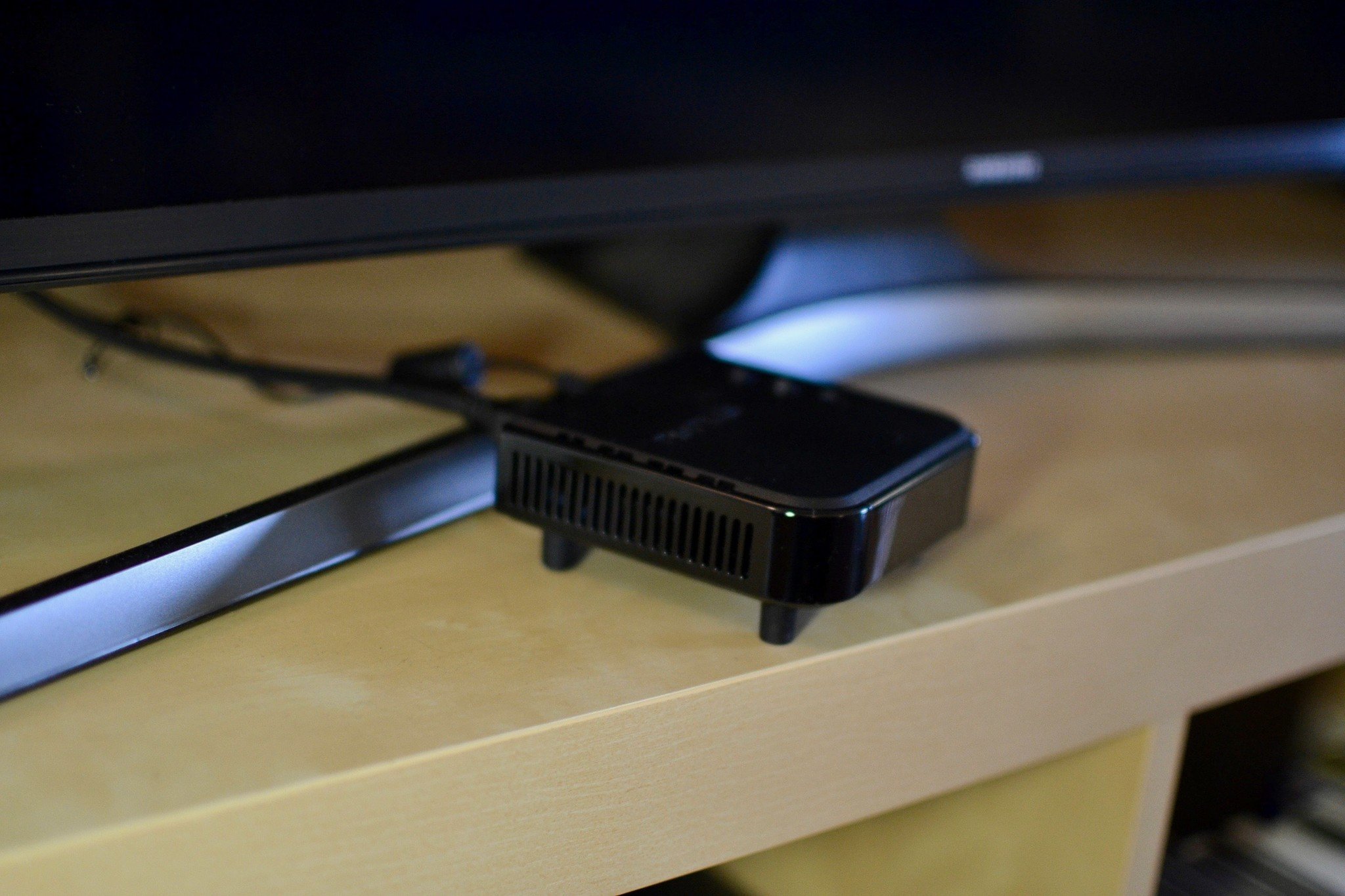
At $250, the Aries Pro is a premium gadget that might require quite a few adapters, depending on your setup. It's certainly not for everyone, but it is for some.
You shouldn't get the Aries Pro if:
- You're all-in with the Apple ecosystem and don't need to stream your console display to different TVs. If you've got an Apple TV, iPhone or iPad, and Mac, you can AirPlay practically anything from your device and the technology has improved so much that you're not dealing with lag or latency (for the most part).
- You're living space is small or divided by a lot of walls. The Aries Pro is ideal for long-range transmission, especially with a clear path between the two. If your TV set is only about 30 feet away, you might want to consider the less-expensive Aries Prime instead.
*** You should get the Aries Pro if:
- If you have a second TV set less than 100 feet away (and with a somewhat clear path) that you sometimes lug all of your console or device box gear to, the Aries Pro will make your life much easier. Hook up the receiver and switch the transmitter to whichever device you want to mirror to and no more lugging or plugging in new cables.
- If you record aerial shots with a drone and want to see what you're looking at on an HDMI monitor, you'll get a pretty long range view with the Aries Pro. With a direct line of sight, you can push that drone up to 100 feet away and still see, in real time, what you're recording.
Lory is a renaissance woman, writing news, reviews, and how-to guides for iMore. She also fancies herself a bit of a rock star in her town and spends too much time reading comic books. If she's not typing away at her keyboard, you can probably find her at Disneyland or watching Star Wars (or both).

